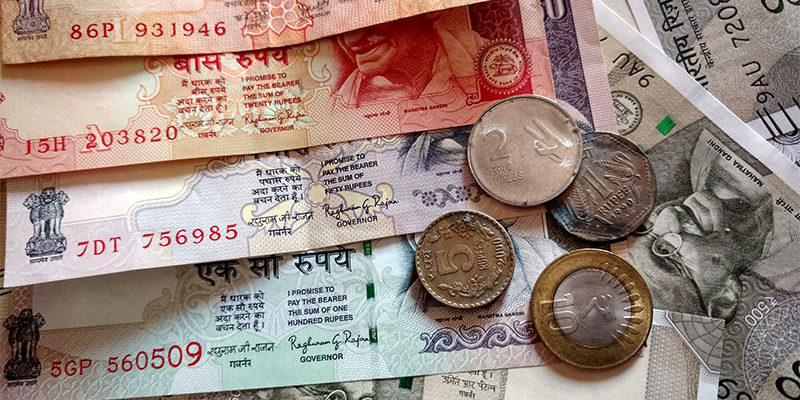Economists worldwide have noticed a strong correlation between the inflationary trend and the growth of money in circulation in a point in time. Thus, a government that is in principle responsible for currency notes and coins issued by it, is answerable to its citizen and gets their value by dint of regulation or law. For example, RBI holds standby assets like net credit to the government, credits to commercial banks and its Net Foreign Exchange Assets, etc., along with gold reserves which are fully covered as assets against the notes and coins under circulation to the public. Apart from regulating portable money, RBI plays a pivotal role in the economic stability of our country by monitoring other types of money supply. Let us now understand what is money and how RBI monitors money circulation in India.
What is money?
In a common man’s parlance, money means currency notes and coins used for payments in retail transactions. Apart from above said portable money (cash), we also use cheque demand drafts, debit cards, and credit cards as money equivalents. In a broader interpretation, money means not only notes and coins in circulation; it includes other monetary assets like demand & time deposits of banks, post office deposits, and other related instruments that can be converted into cash within a short period.
What is the money supply?
The money supply is the entire stock of currency and other liquid instruments circulating in a country’s economy at a specific time. The circulating money involves the currency, printed notes, money in the deposit accounts, and the form of other liquid assets. In India, the Reserve Bank of India follows M0, M1, M2, M3, and M4 monetary aggregates which are respectively known as ‘Reserve Money’, ‘Narrow Money’, ‘Near Money’,’ Broad Money’, and ‘Broader Money’. (To know more read: Effects of an increase in the money supply)
What is the ‘Reserve Money’?
Reserve money is signposted in M0. The Components of Reserve Money (M0) are;
- Currency in Circulation + ii) Bankers’ Deposits with RBI+ iii) `Other’ Deposits with RBI
What is the Narrow Money?
The notation M1 signifies narrow money. The components of narrow money are;
- Currency in Circulation + ii) Demand Deposits with the banking system + iii) `Other’ Deposits with RBI
What is the Near Money?
The notation M2 is called ‘Near Money’ or broad money as per local practice.
The components of Near Money (M2) are;
- Currency with the Public + ii) Demand Deposits with Banks + iii) `Other ‘ Deposits with Reserve Bank+ Savings deposit in Post office.
What is the Broad Money?
M3 is the notation used for Broad Money. The components of broad money (M3) are;
- Currency with the Public + ii) Demand Deposits with Banks + iii) Time Deposits with Banks +iv) `Other ‘ Deposits with Reserve Bank.
What is the Broadest Money?
The notation M4 is called ‘Broadest Money’ or broad money as per local practice. The components of M4 are;
- Currency with the Public + ii) Demand Deposits with Banks + iii) Time Deposits with Banks +iv) `Other ‘ Deposits with Reserve Bank iv) money market instruments.
The Reserve Bank of India (RBI) assesses the money supply into our economy on the yardstick of broad money M3.
Money supply curve:
The money supply curve is a graph that shows the quantity of money supplied at a given interest rate. The Central Bank of the Country (RBI in India) controls the money supply through open market operations and determines the total quantity of reserves in the banking system. Therefore, the money supply curve is illustrated in a vertical line regardless of the value of money.
Read the following money supply and inflation-related posts.



